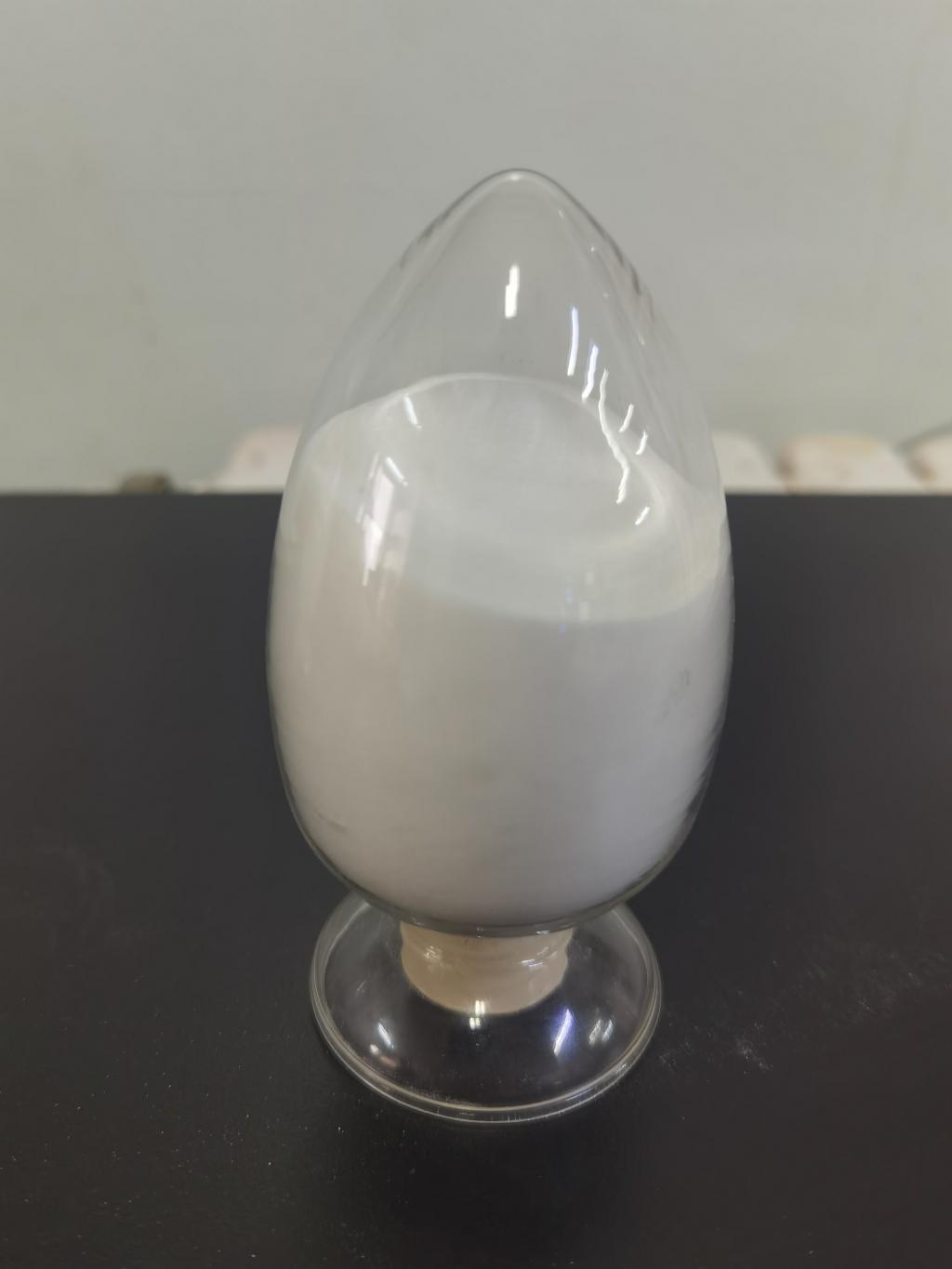Tel:0086 18231198596

News
Harnessing ε-Polylysine Hydrochloride for Precision Control of Microbial Growth in Soil
TIME:2024-02-27
Introduction:
The health of soil ecosystems is crucial for agriculture, affecting plant growth, nutrient cycling, and overall ecosystem sustainability. Microbial communities in the soil play a vital role in these processes, but imbalances can lead to plant diseases, nutrient loss, and reduced crop yields. This article aims to explore the application of ε-polylysine hydrochloride in precision control of microbial growth in soil, offering insights into its properties, mechanisms of action, and potential benefits for sustainable agriculture.
Understanding ε-Polylysine Hydrochloride:
ε-Polylysine hydrochloride is a natural antimicrobial peptide derived from Streptomyces albulus. Composed of multiple lysine units, it exhibits broad-spectrum antimicrobial activity against bacteria, fungi, and some viruses. Its unique properties make it an intriguing candidate for controlling microbial growth in soil without negatively impacting the overall soil ecosystem.
Antimicrobial Properties and Mechanisms of Action:
The antimicrobial efficacy of ε-polylysine hydrochloride arises from its ability to disrupt microbial cell membranes. This mechanism, distinct from conventional antimicrobials, reduces the likelihood of resistance development. Understanding these properties is essential for harnessing ε-polylysine hydrochloride in precision agriculture to selectively target harmful microbes while preserving beneficial microorganisms in the soil.
Precision Agriculture and Soil Microbial Management:
Precision agriculture involves using advanced technologies to optimize crop yield while minimizing environmental impact. Integrating ε-polylysine hydrochloride into precision agriculture practices allows for targeted microbial management. By controlling specific microbial populations, farmers can enhance nutrient cycling, suppress soil-borne diseases, and promote a more sustainable and productive soil environment.
ε-Polylysine Hydrochloride in Soil-Borne Disease Management:
Soil-borne diseases pose a significant threat to crop health and yield. ε-Polylysine hydrochloride has demonstrated effectiveness in controlling various soil-borne pathogens. Its application as a soil amendment can help manage diseases such as Fusarium wilt, root rot, and damping-off, reducing the reliance on traditional chemical treatments and promoting a more environmentally friendly approach.
Nutrient Cycling and Soil Fertility:
Microbial communities in the soil play a crucial role in nutrient cycling, influencing the availability of essential elements for plant growth. Precision control of microbial growth with ε-polylysine hydrochloride can enhance nutrient cycling by selectively targeting specific microbial populations. This targeted approach contributes to improved soil fertility and nutrient availability for plants.
Environmental Sustainability and Soil Health:
In the quest for sustainable agriculture, environmental impact is a critical consideration. The use of ε-polylysine hydrochloride offers a more sustainable alternative to traditional chemical pesticides. Its natural origin, biodegradability, and targeted action contribute to environmentally friendly soil management practices, aligning with the broader goals of sustainable agriculture.
Challenges and Considerations:
While ε-polylysine hydrochloride shows promise in precision control of microbial growth in soil, challenges such as optimal dosage, potential impact on non-target organisms, and long-term effects on soil microbial communities need careful consideration. Research efforts are ongoing to address these challenges and optimize the application of
ε-polylysine hydrochloride in diverse soil types and agricultural systems.
Application Techniques and Formulations:
The successful application of ε-polylysine hydrochloride in precision control of microbial growth requires thoughtful consideration of application techniques and formulations. Researchers are exploring various methods, including soil drenching, foliar sprays, and seed coatings, to determine the most effective and sustainable ways to deliver ε-polylysine hydrochloride to the soil environment.
Future Prospects and Implications:
The integration of ε-polylysine hydrochloride in precision agriculture holds significant promise for the future of soil management. As research advances, the potential applications may expand beyond disease management to include optimizing microbial communities for specific crops, addressing environmental challenges, and contributing to overall soil health and resilience.
Conclusion:
Harnessing ε-polylysine hydrochloride for precision control of microbial growth in soil represents a promising avenue for sustainable agriculture. Its antimicrobial properties, unique mechanisms of action, and potential to selectively target harmful microbes make it a valuable tool for soil health management. As agriculture continues to evolve towards more sustainable and environmentally friendly practices, the role of ε-polylysine hydrochloride in precision agriculture becomes increasingly significant. Continued research, field trials, and collaboration between scientists, farmers, and policymakers will be essential in unlocking the full potential of ε-polylysine hydrochloride for enhancing soil health and ensuring the sustainability of global food production.

 CONTACT
CONTACT




